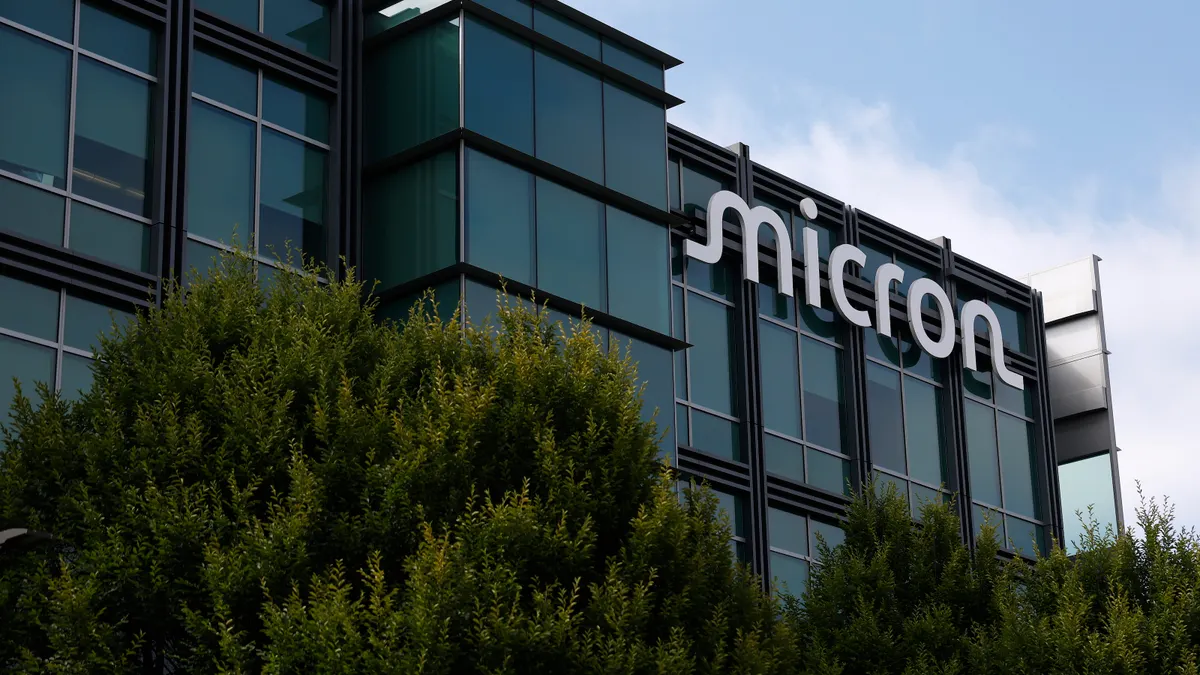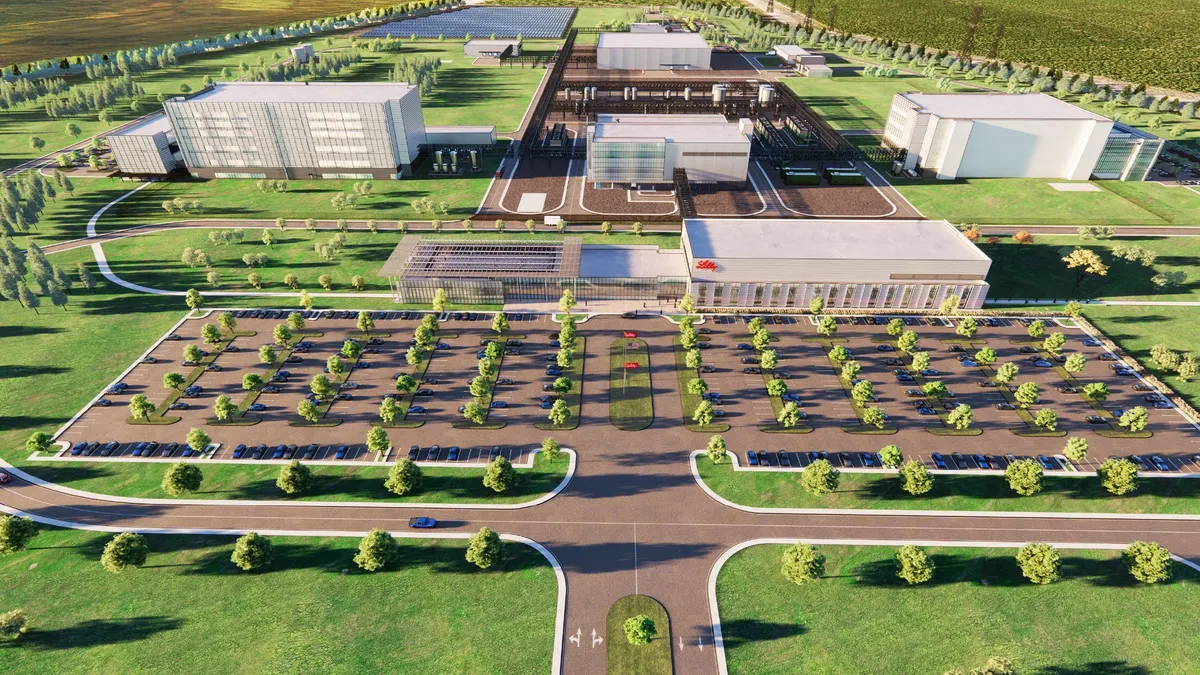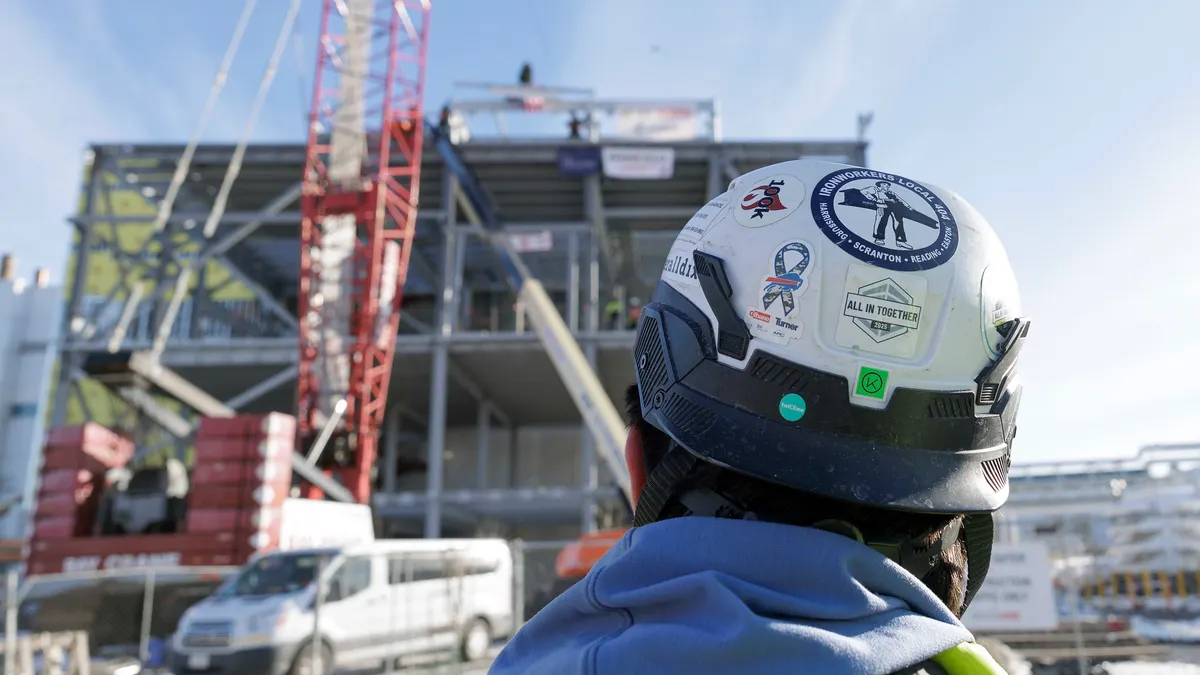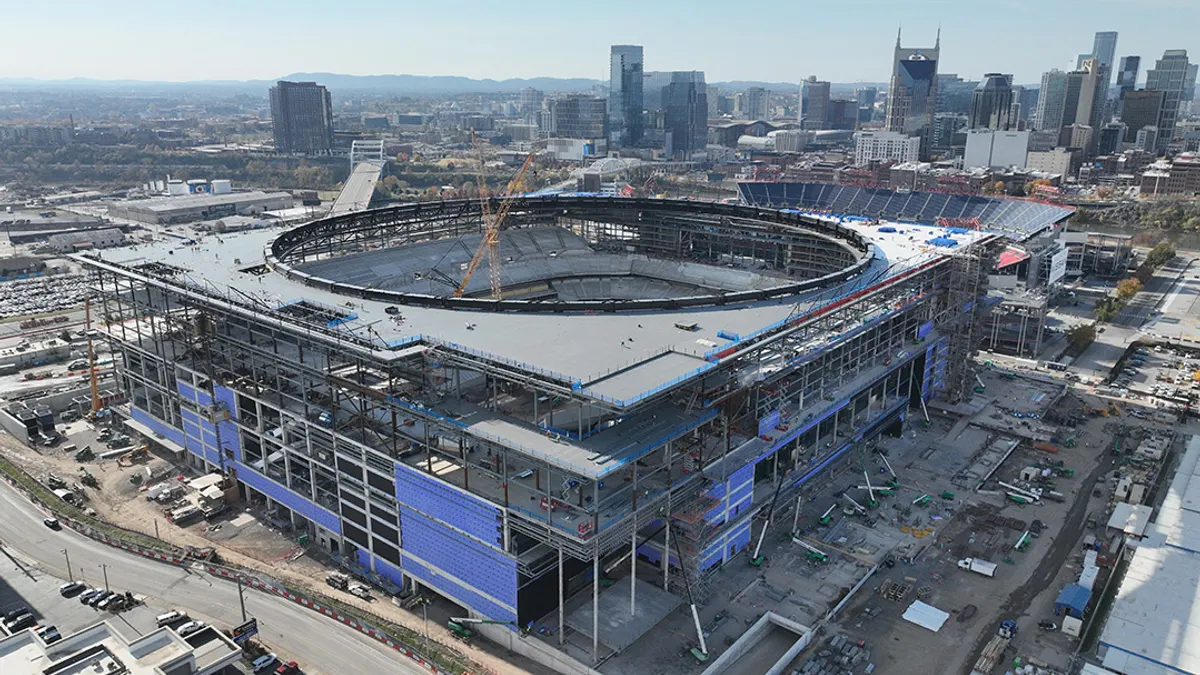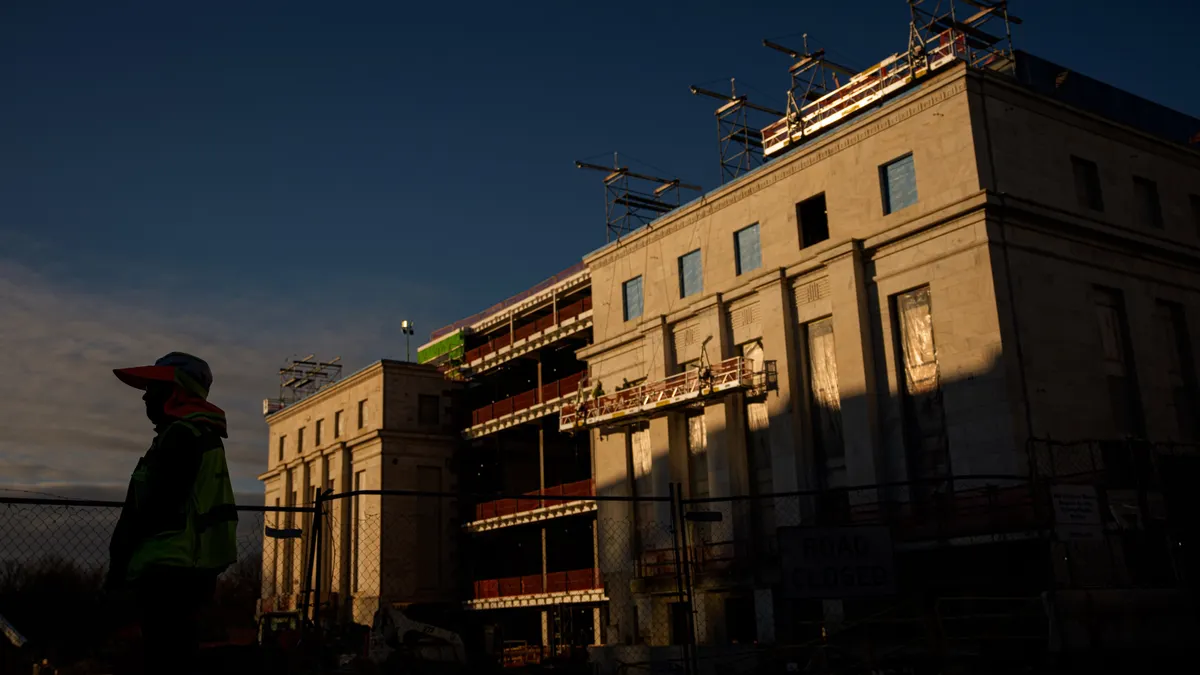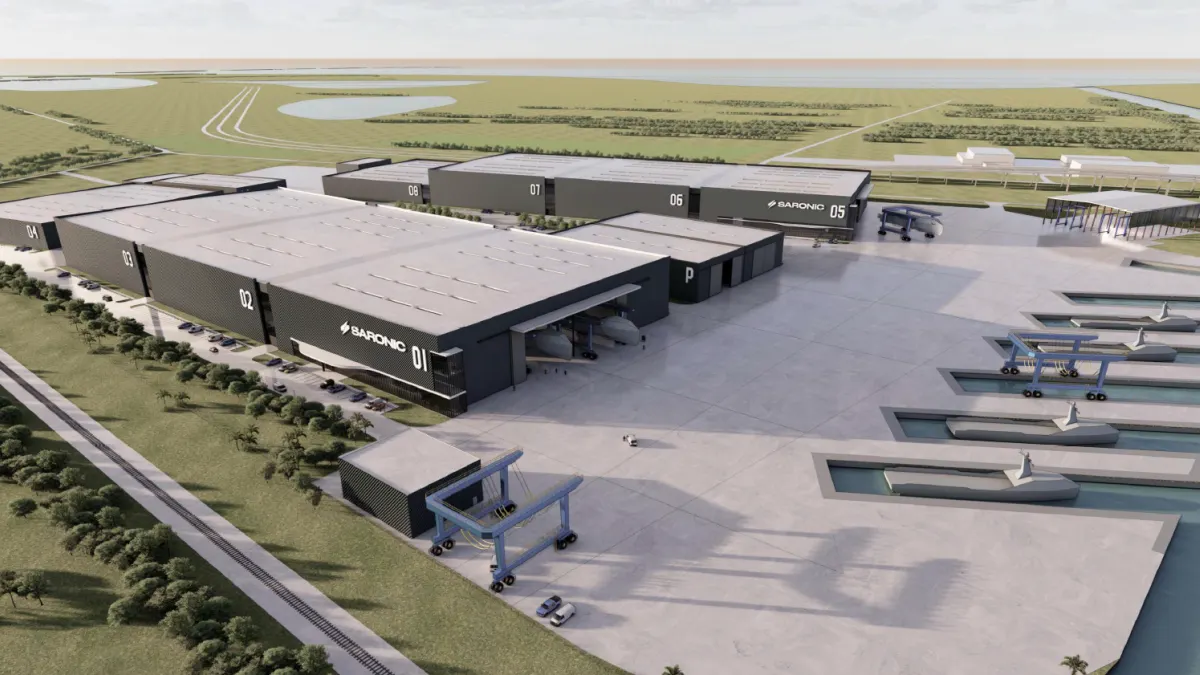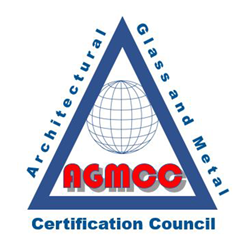Attorney William Sloan is a partner in the San Francisco office of Washington, D.C.-based Venable. Opinions are the author’s own.
In a state with a notorious antidevelopment reputation, real estate and building professionals have a rare victory to celebrate.

The California Environmental Quality Act has long shaped the state’s development landscape, often entangling projects in lengthy permitting and litigation processes. That landscape has now shifted dramatically.
In a bold effort to address California’s housing crisis and spur economic growth, Gov. Gavin Newsom signed two bills, AB 130 and SB 131, into law on June 30, marking the most significant overhaul of CEQA in decades. Both give developers a much needed win in California’s building landscape.
Infill developments
The first, AB 130 establishes a broad exemption from CEQA for infill multifamily residential and mixed-use developments. To qualify, projects must be code-compliant, in an urban area and located on a site that is no larger than 20 acres.
In a dramatic departure from past rules, AB 130 does not impose affordable housing, labor or wage requirements as conditions for CEQA exemption for most projects under 85 feet in height. While projects involving the demolition of historic structures or located in sensitive areas, such as fire hazard zones, wetlands or hazardous waste sites will still have to meet CEQA, this change alone should significantly ease developers’ getting approval for these builds.
The reason why is because the new law is much more litigation resistant than the existing Class 32 categorical exemption for infill housing.
While Class 32 was intended to ease infill approvals, as with other exemptions created under California law, a Class 32 exemption can still be overturned if there are “unusual circumstances” associated with the project that may create environmental impacts.
To this point, project opponents have often used the “unusual circumstances” argument to derail infill projects or at least tie them up in years of litigation. The big win in AB 130 is that it eliminates this strategy by creating a statutory exemption, which cannot be overturned based on unusual circumstances. In this way, the new law creates greater certainty and lowers the litigation risk associated with infill housing projects.
Pro-development intent
Taking this safeguard one step further, SB 131 then reinforces the pro-development intent of these reforms, making clear that “CEQA should not be used primarily for economic interests, to stifle competition, to gain competitive advantage, or to delay a project for reasons unrelated to environmental protection.” That has been the exact playbook anti-development activists have used over the years.
Instead, the new bill broadens CEQA exemptions to include an array of other socially beneficial project types, including childcare centers, health clinics, food banks, farmworker housing, broadband infrastructure, water systems, parks and advanced manufacturing facilities.
Importantly, SB 131 also introduces a streamlined CEQA review for infill housing projects that narrowly miss qualifying for a full exemption. Rather than triggering an exhaustive environmental review, agencies must now focus only on the specific environmental impacts related to the disqualifying criterion. This eliminates a key procedural choke point that has stifled projects in the past.
And perhaps most encouraging for developers, SB 131 now imposes a firm 30-day deadline for public agencies to approve or disapprove a qualifying project.
A change for the better
This marks a striking departure from the often open-ended review timelines that have historically stalled development. By introducing real deadlines, the legislature has added teeth to the CEQA reforms, reducing uncertainty and signaling a strong push toward project delivery and accountability.
These sweeping reforms aim to eliminate long-standing bottlenecks in urban infill and infrastructure development — factors often blamed as causes of California’s soaring housing costs and sluggish economic expansion.
Coupled with recent changes to federal environmental regulations, AB 130 and SB 131 promise a smoother, more predictable path to project approval, and they’re effective immediately. That means qualifying projects still in the permitting pipeline could now be exempt from CEQA, provided clearance hasn't already been completed.
That’s one more reason for developers to cheer.
Venable Associate Sarah Hoffman contributed to this article.






